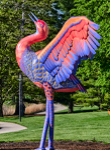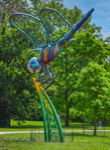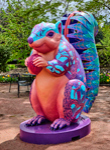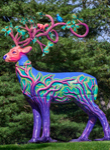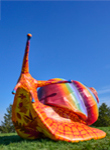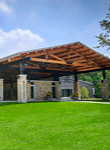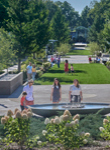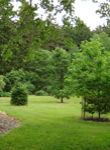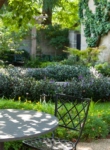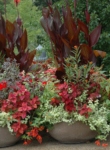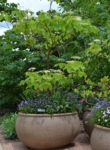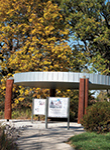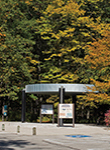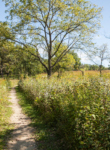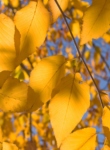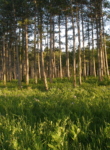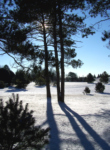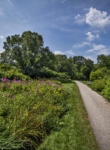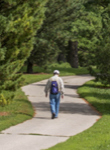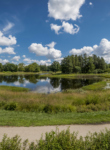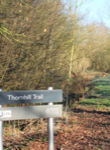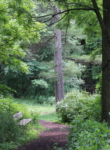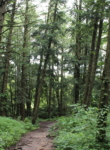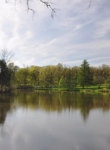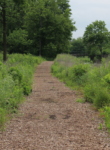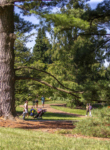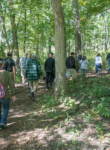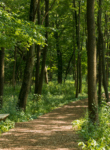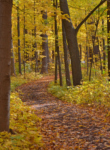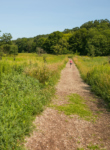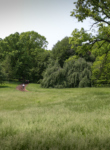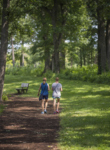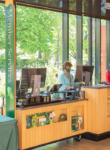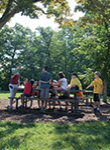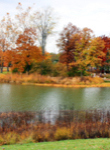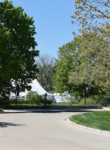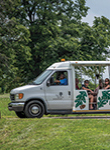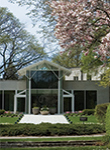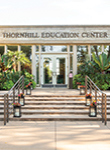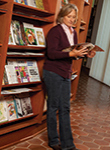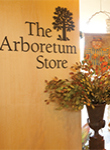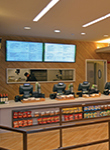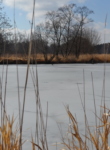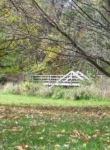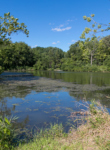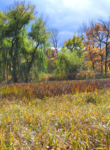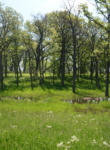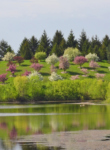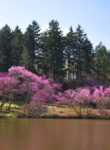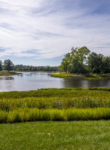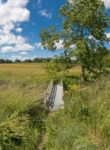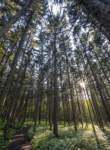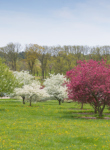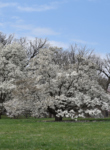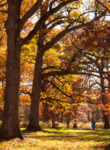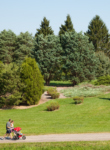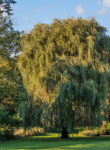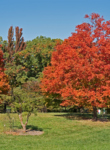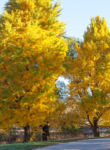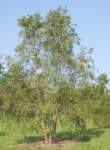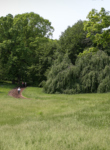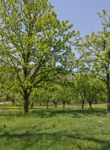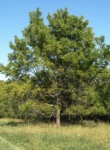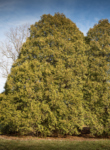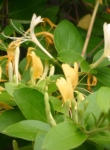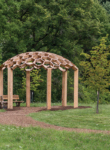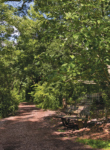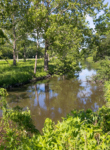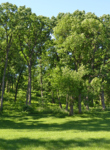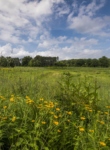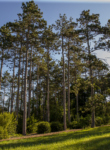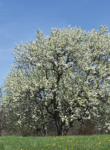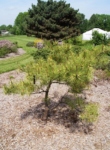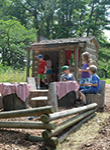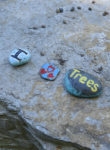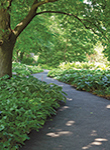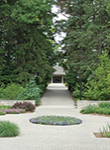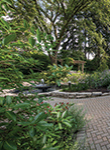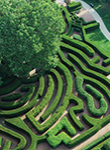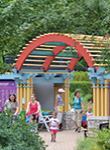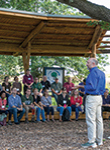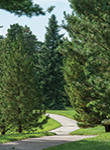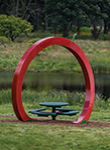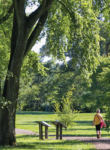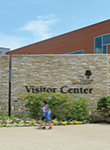Beebalm has bright red, showy flowers that attract butterflies and hummingbirds from late spring to early fall. The stems of beebalm are sturdy and the foliage has a strong fragrance, reminiscent of oregano. This is a plant that would be great in a pollinator, butterfly, or native garden. This species is native to the Chicago region according to Swink and Wilhelm’s Plants of the Chicago Region and current research.
Size and method of spreading:
At maturity, beebalm is commonly 2 to 4 feet tall and 2 to 3 feet wide. There are shorter cultivated varieties available. They send out underground stem structures (rhizomes) that produce offsets that clump together. They can also spread by self-seeding.
Native geographic location and habitat:
Beebalm is native to the Eastern and Midwestern United States, as well as the Pacific Northwest.
Pollinators and wildlife:
Beebalm is an aptly named perennial that attracts bees, butterflies, hummingbirds, and sphinx moths. The brightly colored, nectar-rich bee balm is great for attracting ruby-throated hummingbirds. Beebalm is also a known host for the larvae of the hermit sphinx, gray marvel, and pyralid moths.
Leaf description:
Beebalm has leaves that are ovate in shape, sometimes with a slight heart-shaped base (cordate). They are typically around 5 inches long and 2 inches wide. The upper leaves may be slightly reddish or purple, but the leaves will mostly be dark green. The edges of the leaves are serrated. Beebalm leaves are attached to the stem by stalks (petioles), and the leaves and petioles are sparsely hairy. They occur in pairs (opposite arrangement) along the stem with each pair occurring at a right angle to the pairs above and below (decussate). The leaves have an oregano-like fragrance.
Flower description:
Beebalm flowers are condensed into showy, red flowerheads that are approximately 3 to 4 inches in diameter. There are cultivated varieties that offer pink, lavender or white flowers. The individual flowers are composed of a two-lipped (bilabiate) petal-like structure (corolla) that has a tubular upper lip and a lower lip that curves slightly downward. Within the flowerheads, the individual flowers occur in whorls. The flower’s reproductive structures protrude slightly from the tubular upper lip. The flowers mature from the center outwards (cyme). Surrounding the bases of the corollas are tiny, reddish or light green, leaf-like tubes (calyxes) with five teeth around the tip. Under the calyxes, surrounding the bases of the flowerheads, are larger, green or reddish, leaf-like bracts.
Fruit description:
After the corollas of the beebalm flowers have fallen, the calyxes persist and will contain the developing fruit. Each calyx will have a tiny, dry fruit that splits into four segments (schizocarp). Each of the four segments are often referred to as nutlets. The nutlets are brown to black and ovoid in shape.
Plant Care:
In hot, dry conditions, beebalm may shed some lower leaves. Planting beebalm in full sunlight conditions, avoiding overhead watering, and pruning to increase air flow can help reduce issues with powdery mildew. Spring is the best time to separate offsets through division.
List of pests, diseases, and tolerances:
In humid climates, powdery mildew may be an issue for beebalm, but disease-resistant cultivars are available. Beebalm is resistant to deer and rabbits.
